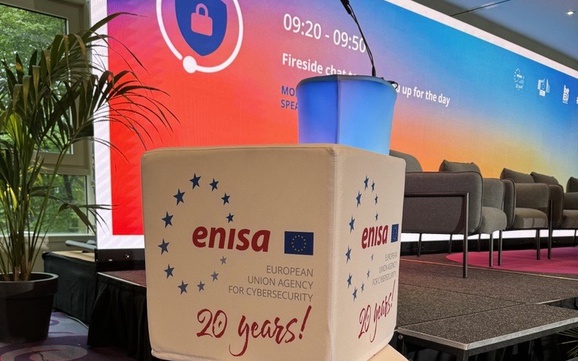
Edgewatch to Exhibit at GISEC Global 2025
Join Edgewatch at GISEC Global – May 23–25, 2025 | Dubai World Trade Centre | Booth H4-C31. Visit us to discover how Edgewatch delivers uncompromising security without third-party dependencies—all hosted entirely within Europe. Join us at GISEC to explore how true operational independence is shaping the future of cybersecurity.








